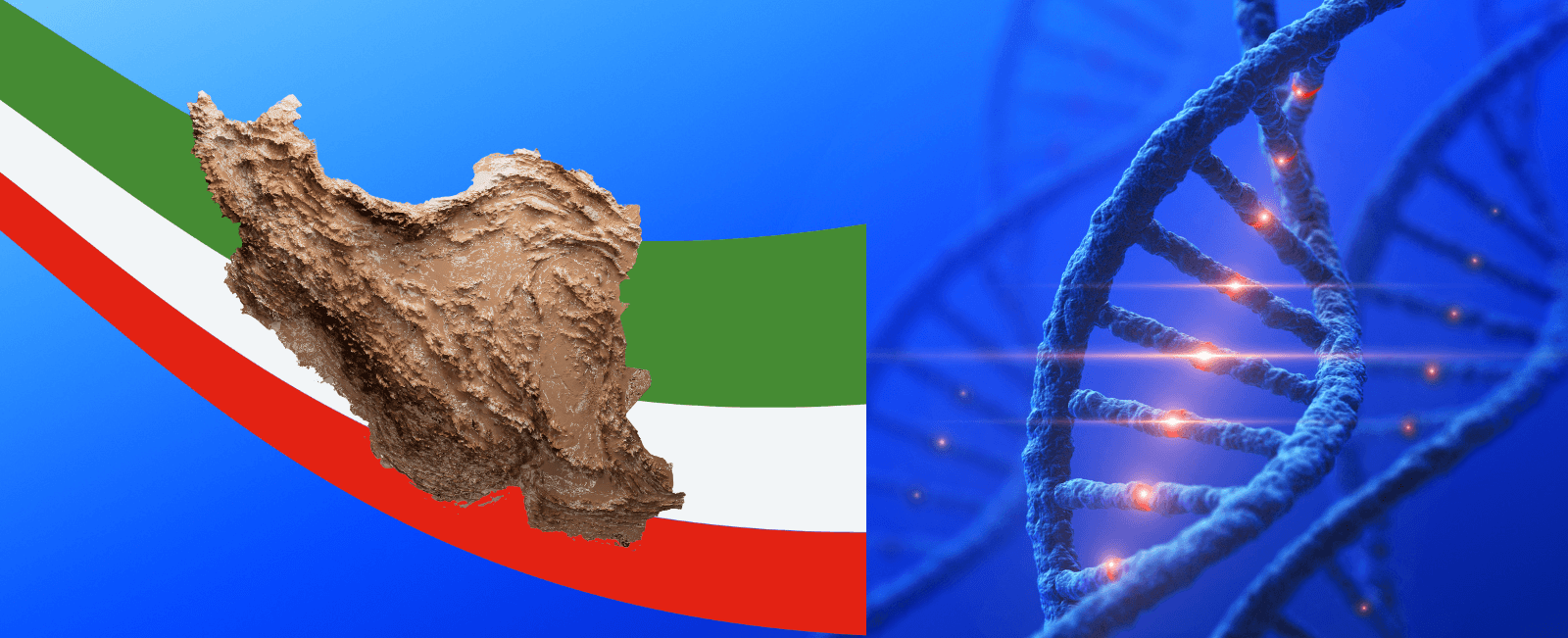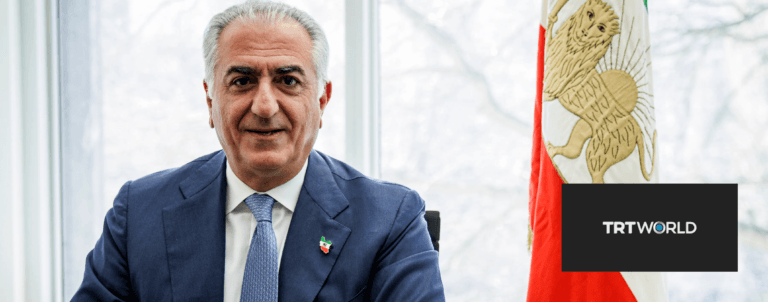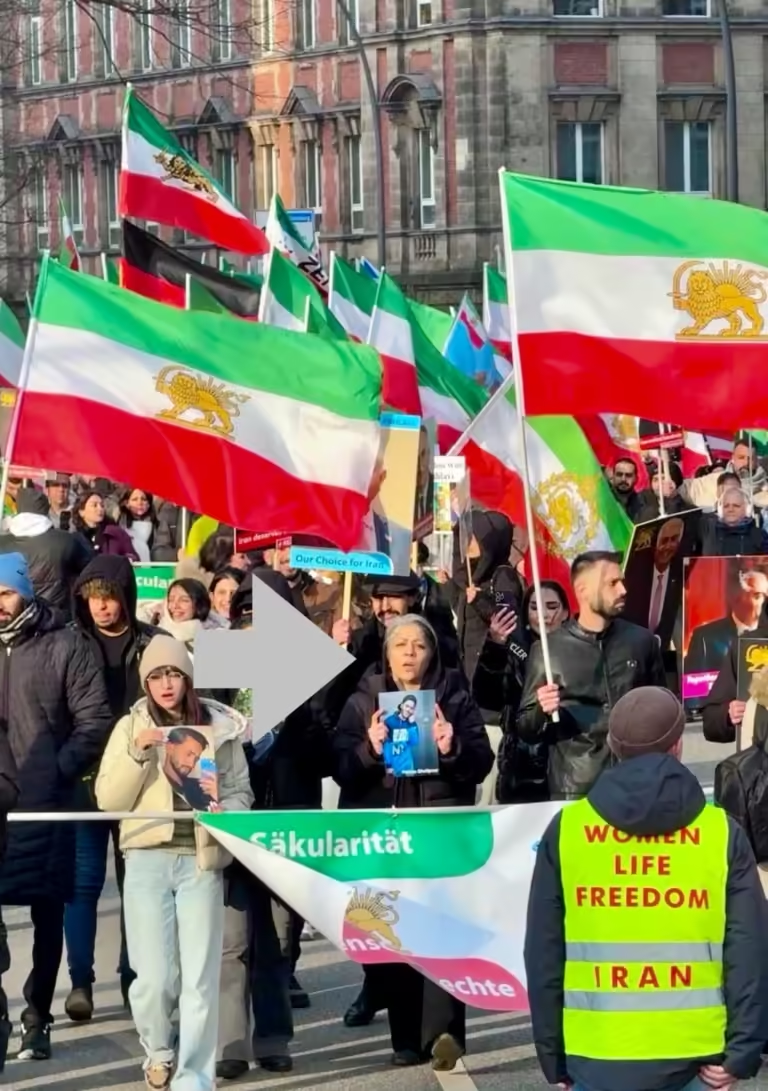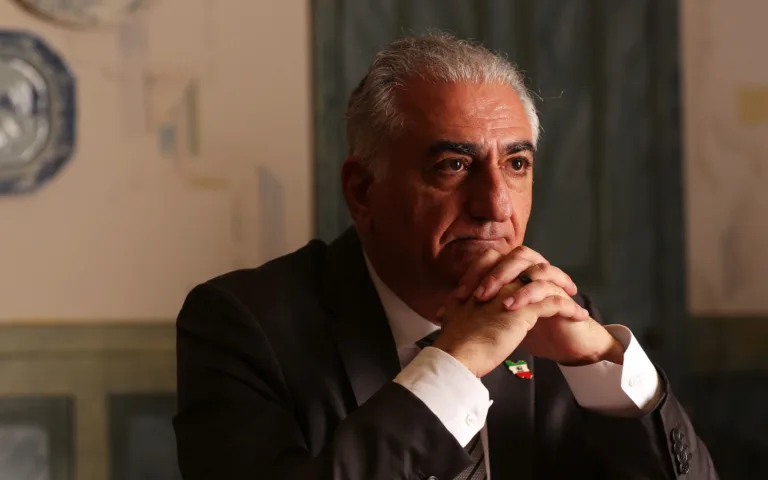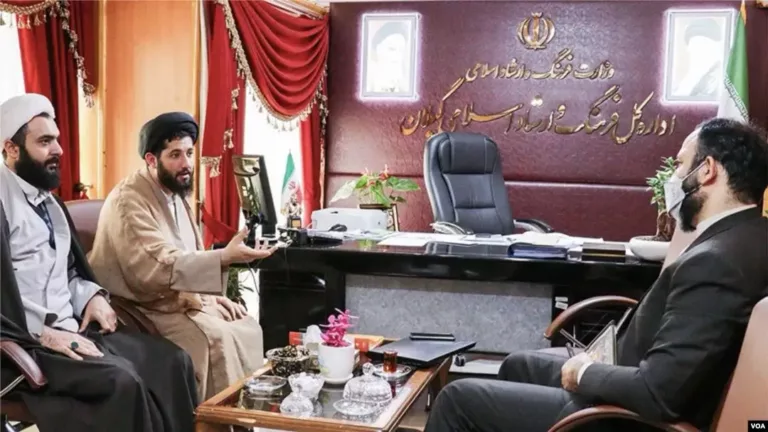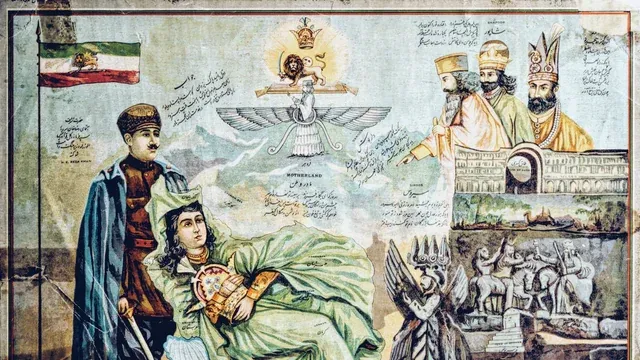Iran’s Shared Genetic Heritage as a Foundation for Democracy and Unity
Genetic studies show that Iranians, despite linguistic and regional differences, share a deep ancestral continuity rooted in the Iranian plateau. Language shifts have occurred without major population changes, and all major Iranian groups belong to a shared genetic family. This unity supports a democratic and inclusive national identity, where diversity strengthens rather than divides.
For centuries, Iran has been a beacon of culture, science, and civilization. Yet in today’s climate of division and identity politics, both within Iran and in the diaspora, questions around ancestry and national belonging have become highly politicized. Are we one people or many? Are our differences proof of separation, or the roots of strength?
A landmark 2019 study published in PLOS Genetics provides a scientifically grounded and unifying answer. Titled Distinct genetic variation and heterogeneity of the Iranian population, the research analyzed genome-wide data from over 1,000 individuals across 11 Iranian population groups. The results were clear: despite linguistic, cultural, and regional variation, Iranians are genetically linked by a deep, ancient continuity that spans millennia.
A Deep and Shared Iranian Legacy
The study revealed that the majority of Iran’s population—including Farsi-speaking Iranians, Azeris, Kurds, Lurs, Gilaks, Mazanderanis, and Iranian Arabs—form what researchers call the Central Iranian Cluster (CIC). These groups share remarkably similar genetic profiles, despite speaking different languages or dialects and inhabiting diverse regions. Even Iranian Arabs and Turkic-speaking Azeris were shown to be genetically close to Farsi-speaking Iranians and Kurds. This strongly supports the idea that language does not determine lineage.
Such findings are consistent with earlier research which showed that language differences in Iran—such as between Semitic-speaking and Indo-European-speaking communities—do not correspond to major genetic divisions. In other words, many Iranian population groups may have adopted Turkic or Semitic languages over the course of history, but remained genetically rooted in the broader Iranian family. This challenges simplistic notions of separateness and reinforces Iran’s long-standing tradition of cultural adaptation within a unified national identity.
Iran’s strategic location at the crossroads of West, Central, and South Asia has made it a corridor of civilizations for over 10,000 years. One might expect such a history to erase or fragment local identities. Yet, the genetic data suggest otherwise.
Comparative analysis in the study, drawing on ancient DNA findings from other studies, indicates that modern Iranians retain strong genetic continuity with Neolithic and Bronze Age populations of the Iranian plateau. Notably, Zoroastrians—an ancient Iranian religious community—cluster tightly within the Central Iranian Cluster (CIC), consistent with long-standing regional continuity. These findings confirm that Iran has been home to its people across the arc of recorded history, without being genetically overrun by invaders.
Diversity Within Unity
Several Iranian population groups—such as the Baluchis, Sistanis, Turkmen, and Persian Gulf Islanders—reflect Iran’s historical role as a bridge between continents. While their genetic profiles show greater interaction with South Asian, Central Asian, or African populations, they still carry deep Iranian ancestral components. These communities have long served as cultural and strategic frontiers of Iran, enriching the nation’s identity and expanding its reach.
Rather than being seen as “separate,” these groups embody the richness of Iranian identity across its full geographic spectrum. The genetic data confirm that admixture does not weaken Iranian identity—it enhances it, showcasing how Iran has absorbed influences from its surroundings while maintaining a distinct and unified core.
In a region often defined by ethno-nationalist conflicts, this genetic unity provides a powerful scientific foundation for a democratic and inclusive Iranian identity. It allows us to reject both homogenization and fragmentation. The Farsi-speaking Iranian, the Azeri, the Kurd, the Arab, the Baluch, the Turkmen—all are equally Iranian, all belong to the same genetic family, and all contribute to the richness of Iran’s civilization.
This vision also aligns with the best traditions of constitutionalism and secular nationalism in Iran. As the 1906 Constitution and the later democratic aspirations of the Pahlavi era envisioned, citizenship is not defined by lineage or dialect, but by allegiance to the shared land and culture of Iran. Scientific evidence now gives this ideal a biological underpinning.
A Call to Embrace Our Common Future
Patriotism, when rooted in facts and inclusivity, can be a force for healing and unity. This genetic research should not be used to rank or divide Iranian groups, nor to impose a monolithic identity. Instead, it offers a path toward mutual respect, cultural autonomy, and shared purpose.
From the peaks of Kurdistan to the plains of Khuzestan, from the Caspian coasts to Baluchistan’s deserts, we are threads in the same ancient tapestry.

